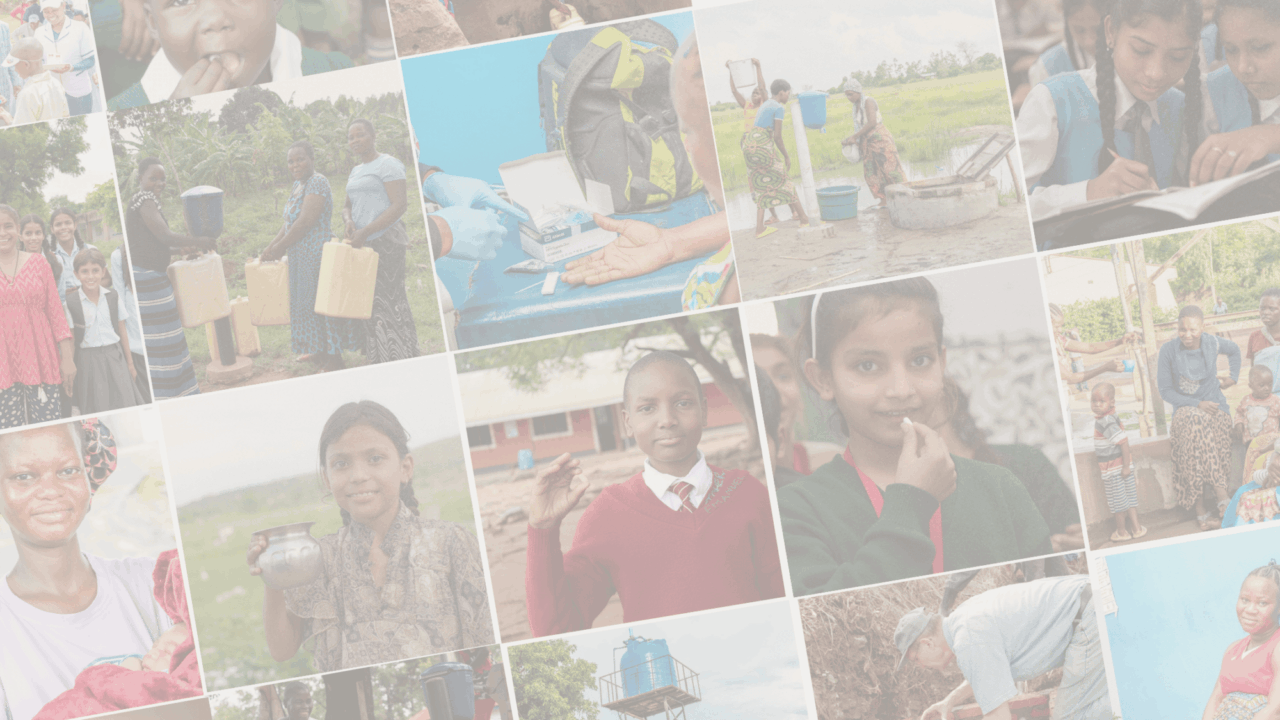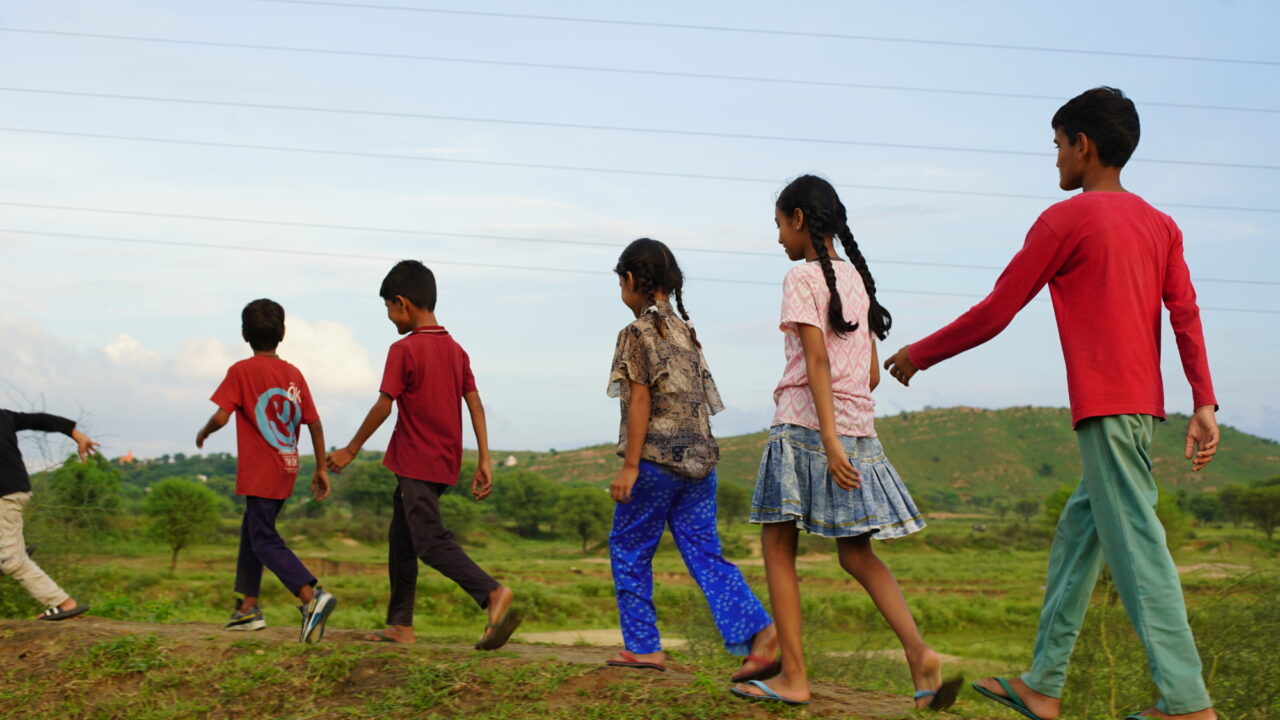When we launched Dispensers for Safe Water, we had a bold vision: deliver safe water access to tens of millions of people in rural Africa through a completely self-sufficient program. Our ambition was driven by the scale and urgency of the problem – inequitable safe water access that leaves millions of the world’s rural poor sick while killing thousands of their children – and our knowledge of an evidence-based solution: research by Nobel winner Michael Kremer and colleagues showing the (cost) effectiveness of installing chlorine dispensers at existing, commonly used water sources and promoting their use within communities. Beyond the intended impact, we saw a potential path to a self-funded program that would enable safe water remaining free to our end-users: carbon credits (more below).
Our rationale for pursuing this path was simple. Historically, funding for water programs has been limited and sometimes volatile. We’d seen water programs start with a gush of momentum and slowly peter out for one reason or another. We didn’t want Dispensers for Safe Water to suffer the same fate – particularly given the skepticism that a short-lived program might engender among communities in need. Additionally, traditional donor financing – which is typically provided in multi-year cycles, rather than on an ongoing basis – didn’t fully sync with our program dynamics. Dispensers for Safe Water must provide continual, uninterrupted service to be effective.
The idea for generating and selling carbon credits was and is rooted in a provision of the Kyoto Protocol. The protocol, which expires later this year, commits countries to limiting their greenhouse gas emissions but allows less developed countries to launch greenhouse gas-reducing projects and generate emissions savings, known as carbon credits, that can be sold to help developed countries meet their targets. The goal is to help reduce overall emissions globally while creating incentives for less economically developed countries to “leapfrog” straight to cleaner technologies. (There are some complexities and controversies about this approach, which we highlight and discuss in greater detail here.)
Dispensers for Safe Water is an example of an environmentally friendly water purification technology. When chlorine dispensers are introduced into a community, they compete with alternative water treatment methods – including water boiling, the world’s most common water treatment method. In Kenya, for example, 22.5% of rural households boil their water to treat it. However, boiling water typically (especially in rural areas) means burning wood or charcoal, which is financially burdensome to poorer households and exposes them to health risks related to smoke exposure, while also having broader negative environmental impacts through increased greenhouse gas emissions. If people in rural areas have the option of freely and conveniently treating their water using chlorine, it is possible that they spend less time and money boiling water, both now and in the future, effectively reducing their carbon footprint in the process.
To generate sellable credits, a program such as Dispensers for Safe Water must go through a multi-step process. First, it has to be registered with the Clean Development Mechanism, the United Nations Framework Convention on Climate Change (UNFCCC) certification body. To become registered, an external auditor must confirm the presence and functionality of dispensers in the areas that we claim to serve. Once registered, the program must pass a rigorous and often lengthy monitoring and verification process, which includes extensive conversations with communities served and the measurement of various program performance metrics to ensure the program is delivering its intended impact and reducing emissions. If the program successfully navigates these phases, their carbon credits are approved by the Clean Development Mechanism. For several years, we’ve managed to do this – but, until last year, only at a very limited scale.
We first registered a carbon program in 2012, which covered only our Kenya program. This was followed by our first Uganda Project Activity in 2014, and later expansion both within Uganda and to Malawi. The revenue we’ve subsequently received through the sale of carbon credits has enabled us to reach over 1.5 million people, across all three countries, with safe water. Last year, the UNFCCC’s Clean Development Mechanism approved our largest consignment of carbon credits to date, all generated by our Kenya program, which is enabling us to reach roughly 800,000 people. We’re still a long way from a self-funded program, and after several years – and with the current uncertainty around the future of this revenue stream once the Kyoto Protocol ends – we recognize that carbon credits are not a panacea for our funding needs. However, what this does mean is that carbon funds provide an important leverage opportunity for the program’s donor funding – contributing to our ability to continue providing safe water access to over 4 million people.
Want to help deliver safe water through a program that’s proven to work and dedicated to sustainability? Support Dispensers for Safe Water today! For just over $1 you can provide a year’s supply of safe water access to 1 person!



